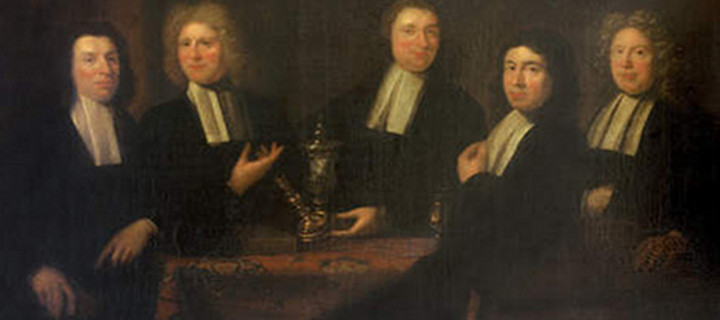Casino Returned Famed Painting Stolen by Nazis

A German real money casino returned a 300-year-old Dutch painting stolen by the Nazis from German-Jewish art dealer Max Stern's estate, one of his beneficiaries announced. "It's the first time that a German organization has returned a painting to us," said Clarence Epstein, director of special projects at Concordia University in Montreal, one of three schools to which Stern bequeathed his collection. "It is proof that Germany is starting to accept that righting the plundering of artworks is important and a priority for them," he told AFP.
Since 2002, Concordia has sought to recover more than 400 paintings lost at the hands of the Nazis through a forced sale in 1937.
Stern himself shuttered his Düsseldorf gallery in December of that year, and fled to London before settling in Canada.
The bulk of his estate following his 1987 death was bequeathed to Concordia, McGill University in Montreal, and Hebrew University in Jerusalem.
Dutch portrait painter Juriaen Pool II's "The Masters of the Goldsmith Guild in Amsterdam in 1701" is a large-scale painting of some of Amsterdam's most important citizens and the ninth Nazi-looted artwork to be returned to the university heirs.
It is to be repatriated at a ceremony at the Amsterdam Museum, which just opened a children's wing in a space that was once occupied by an orphanage where Pool was raised.
A figure of the artist, who was a court painter to the Elector Palatine Johan Wilhelm, serves as a "guide" for visitor through the museum's exhibitions.
The painting itself had been moved from Düsseldorf to the Heinemann Gallery in Wiesbaden in 1937. In the years after the Second World War it was bought by a casino in southern Germany, where it has been ever since.
Epstein refused to identify the casino, which has requested anonymity. But he said the return of the painting is the fruit of six years of research by the Max Stern Art Restitution Project, with support from the Holocaust Claims Processing Office of the New York State Department of Financial Services.
It all started in 2004 when an auction house contacted Epstein's office regarding the status of the painting.
This eventually led to the discovery of a letter that Stern wrote in 1937 in the Netherlands Institute for Art History.
A photograph of the painting accompanied Stern's letter requesting information about the portrait, leaving no doubt as to its ownership, according to Concordia.
This revelation convinced the casino to return the painting to Stern's beneficiaries, Epstein said.
The Max Stern Art Restitution Project is now focused on recovering some 40 other paintings it has identified as once belonging to one of Canada's most important art dealers and collectors. Talks with a dozen people or groups, including German museums, are progressing, Epstein said.
He praised the German government for providing resources to museums to help identify Nazi-looted artworks, but lamented "recurring problems" with auction houses and private galleries.

